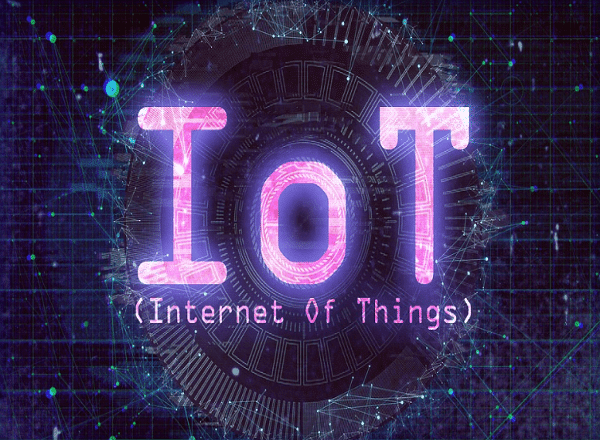Samsung is currently working on innovations in the areas of Internet of Things (IoT) and 5G mobile networks, AI, autonomous driving and connected car technologies
In the just concluded hiring season at the IITs and other top engineering colleges in India, Samsung India picked up around 1,000 engineers. Samsung plans to engage these new hires on taking forward its plan to up the game in areas such as Artificial Intelligence (AI), Machine Learning, Internet of Things (IoT) and Natural Language Processing.
Innovations in the areas of Internet of Things (IoT)
Samsung invested $15 billion in R&D globally and it is currently working on advanced innovations in the areas of Internet of Things (IoT) and 5G mobile networks, AI, autonomous driving and connected car technologies. The company tells about its plan around Internet of Things, calling it Intelligence of Things instead and showcased how Samsung products across the spectrum could deliver connected consumer experiences.
Samsung is committed to accelerating IoT adoption for everyone and making all connected devices intelligent by 2020. These advancements will help consumers realise the benefits of a seamless and simple connected life, President, Head of Samsung’s Consumer Electronics Division and Samsung Research said.
Leading the way with Indian engineers
It is interesting to note that work on these technologies is being done by Indian engineers at Samsung’s R&D centres in the country alongside localisation of many products and services for the Indian market. In India, Samsung R&D institute, Bangalore (SRI-B), which is Samsung’s largest R&D centre outside its home market Korea, has expertise in AI, Machine Learning, Natural Language Processing, Internet of Things (IoT), augmented reality and networks including 5G.
The team at SRI-B has developed a large part of Samsung’s artificial intelligence interface Bixby, co-working with teams in Korea and other parts of the world. It has also developed many new camera features, including slow/fast motion and panorama.








